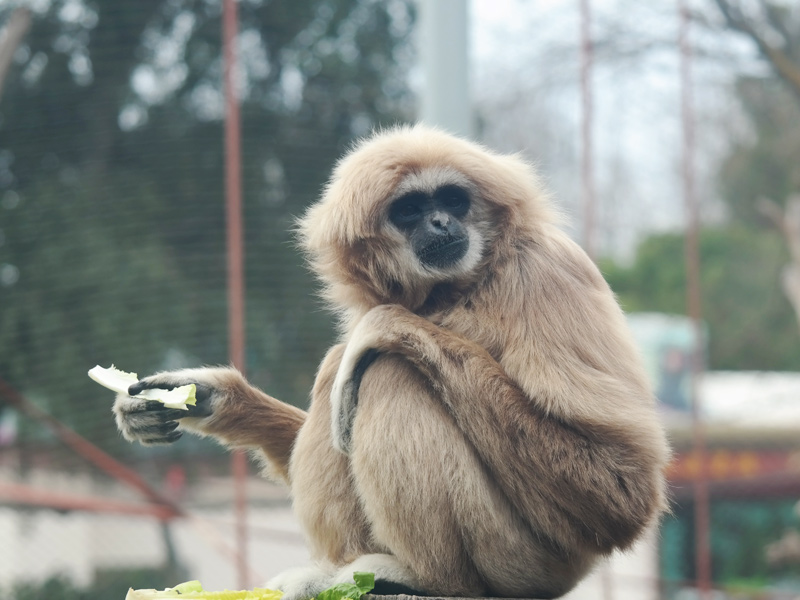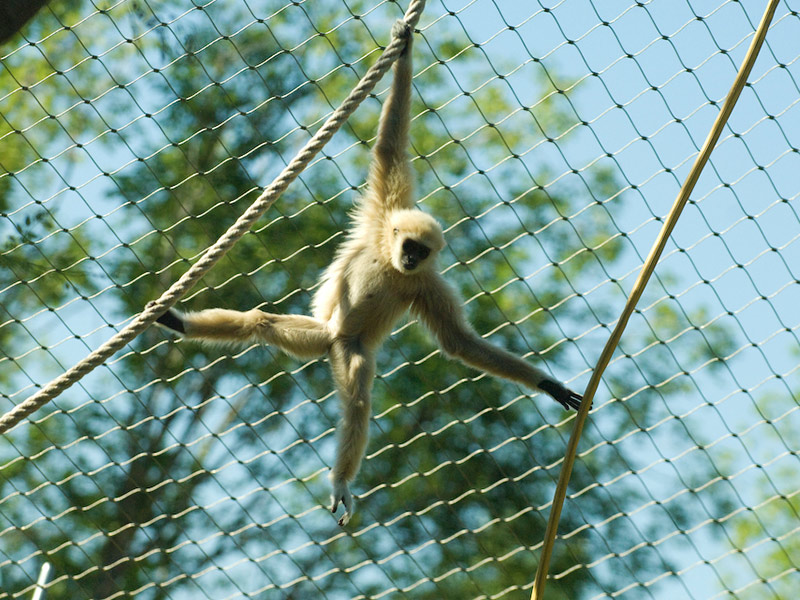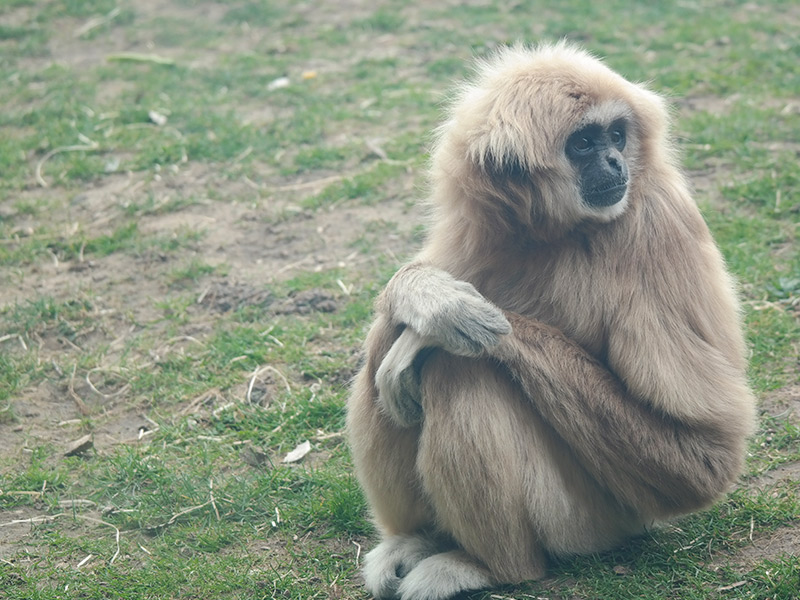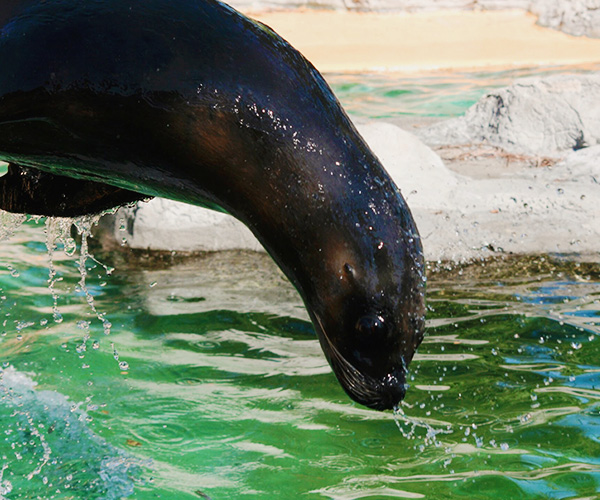The white-handed gibbon has developed excellent eyesight, as well as magnificent reflexes, as a result of its arboreal life.
It is very colorful, its skin is light brown and its face is black; its hands and feet are white, as well as the fur that surrounds its face. Of the five fingers on their hands, gibbons use four to grasp as a hook, while the thumb is retracted and used for climbing.
Gibbons move from tree to tree by means of a characteristic swinging motion called brachiation.
It is distributed in northern Sumatra, Peninsular Malaysia, Myanmar and Thailand.
Gibbons are monogamous, and to reinforce their pair bonds and protect their territory they emit loud howls, audible from miles away.
They live in stable family groups formed by the couple and their offspring, which are expelled from the clan once they reach maturity.
They spend most of the day searching for food, starting at dawn and within a defined territory.
Their diet consists of fruits, especially figs. They also eat mangoes, leaves, flowers, birds and eggs.




















